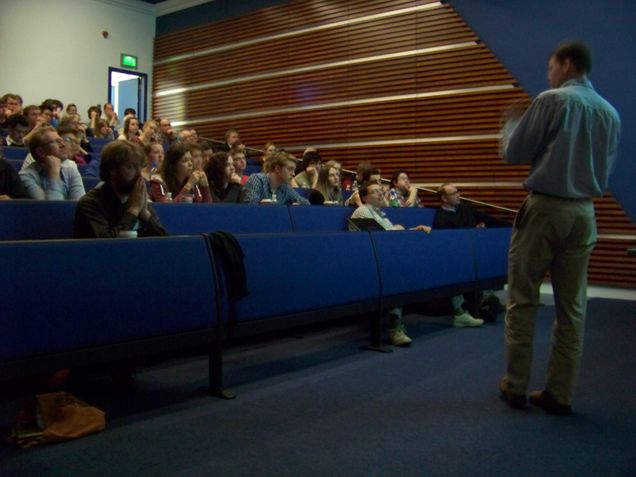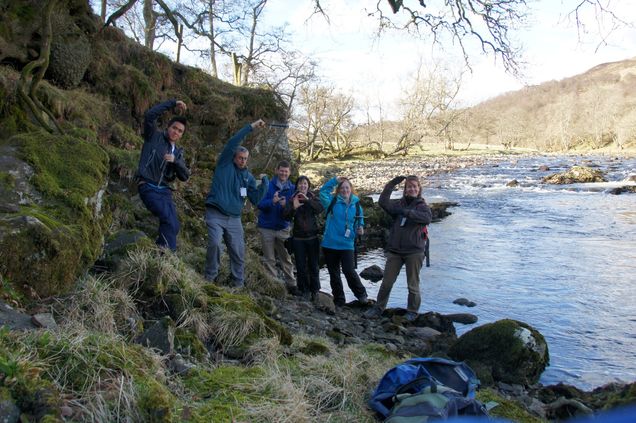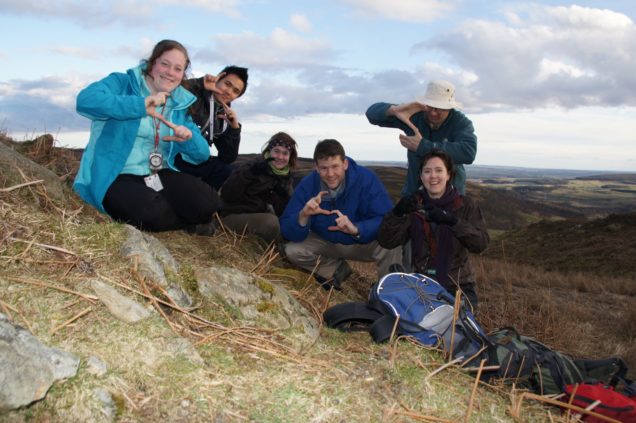Ethan Baxter has spent his career studying the geological processes that affect the evolution of the Earth’s crust and the crust’s interactions with the mantle and surface. An associate professor in the Department of Earth & Environment, Baxter conducted three separate lecture tours earlier this year that took him to Switzerland, the Czech Republic, Scotland, Canada, and universities across the United States.
The lectures, funded by the Mineralogical Society of America (MSA), emphasized ancient Earth processes, or processes that occur over long periods of geologic time. But, as Baxter explained to his audiences, these geologic changes do not always occur gradually.
Actions such as heating things up, causing minerals to grow, or causing water and carbon dioxide to be released from rocks may occur much more quickly than previously thought. “Whereas we typically thought of these things as happening slowly over long periods of time, now we’re seeing very vivid evidence that in fact these things are often punctuated by very brief actions,” says Baxter.
This year, Baxter was one of three people selected by the MSA to do the lecture tours as part of its Distinguished Lecture Program. “It’s a good gig for the local school, and a good gig for MSA getting people to all these different places,” says Baxter.
One of Baxter’s main topics in the lectures was his work studying garnet that were produced during subduction of the oceanic crust. When schists are subducted, they form garnet crystals in the oceanic crust. The process of garnet formation liberates water and carbon dioxide, and these molecules eventually make their way into the Earth’s atmosphere.
This cycling of wet, carbonated oceanic crust being subducted and carbon dioxide and water being released again is important to the long-term global climate cycle. Baxter and his colleagues have developed methods to date garnets from the inside out like tree rings, which provides very precise dating. Once they have dated the garnet growth rate and amount, they feed that information into models that other scientists are using to predict long-term climate change.
Baxter’s is the only lab in the world to use this new techniques to both analyze very small rings (giving small sample capability) and provide high-precision age dating. CAS’ Thermal Ionization Mass Spectometry (TIMS) lab is is a regional center for high-precision, thermal ionization mass spectrometry that primarily serves the academic Earth & Environment community.
Read more about Professor Baxter’s research here. Here are some images from his lecture visit to the University of St. Andrews in Scotland:


